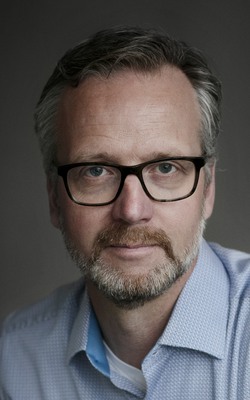The research group Seregard/Kvanta, which until now has researched both retina and ocular oncology at St. Erik Eye Hospital and the Department of Clinical Neuroscience, Karolinska Institutet, was divided at the turn of the year into two. The group has grown over the years and has several sustainable research lines.

Rune Brautaset.
Photo: Johanna Hanno
"This is obviously positive for Karolinska Institutet and St. Erik Eye Hospital. Now the research gets a better thematic and correct division, which makes it easier to expose the research lines in the future," says Rune Brautaset, Head of Division for the Division of Eye and Vision at the Department of Clinical Neuroscience, Karolinska Institutet, located to St. Erik Eye Hospital.
Ophthalmologist and Associate Professor Gustav Stålhammar has been assigned new research group leader for the group that focus on ocular oncology and eye pathology. He thus shares the leadership with Professor Stefan Seregard and the group is called Stålhammar/Seregard.
Researcher Helder André has been assigned new research group leader for the group focusing on retinal research, a responsibility shared with Professor Anders Kvanta. The group will be called Kvanta/André.
To be able to form a research group, a clear and long-term research line with more than two researchers in an area is required. There must also be finances and activity that are sustainable, as well as personnel to develop the projects.
"Now those who actually lead the research activities become research group leaders, at the same time as Gustav Stålhammar and Helder André also get a greater opportunity to shape the groups' development in the future. Both have plans to expand. The fact that we can now show two groups with clear orientations should also make it easier to attract talented employees," says Rune Brautaset.